The Magic and Medicine of the Rowan Tree
Donald explores the bitter berries and sweet traditions
Every Autumn my grannie made rowan jelly, the rowans came from trees which lined the track up to our house, the trees were not huge, but they were prominent, in two rows of four. She informed us that they were special, they came from the highlands, they guarded the house from bad spirits. Their scented flowers fed all the bees, the berries fed all the birds. I didn’t like the jelly, it was bitter - unless you put honey in it. We were also told that it was good for us, good for our tummies and good for our bones.
Recently I have been reading many medical and botanical papers on the benefits of the Rowan – Sorbus aucuparia. What an amazing tree! Is there any other tree with so much myth and magic surrounding it? Not only Celtic myth and legend but many countries, far and wide have tales concerning the power of the rowan, some are remarkably similar, but it is the Scottish and Irish ones which come to mind, stories easily found on-line. In the highlands many old, abandoned cottages still have rowan trees around them, often two, guarding the entrance, warding off the witches or warlocks. Strong magic indeed.
My first employer, the late author of “Ring of Bright Water” – Gavin Maxwell, was reputedly cursed by the famous poet and scholar Kathleen Raine as she put her hands on the rowan tree near his house at the beautiful remote Sandaig. For all I know the tree still stands, but the house, the author and the poet have all long gone, Gavin Maxwell died in his fifties following a great string of misfortunes, which he reputedly blamed on the curse.
Rowan trees are unique, you may come across a single rowan growing in an almost impossible spot high on the hill in a rough, rocky crag, or standing alone in the middle of nowhere, proud, resilient, splendid. Often too, associated with highland waterfalls, leaning precariously out over the dark peaty pool below, adding to the Faerie fall magic.
Never cut down a Rowan tree! I have been aware of that warning since being a wee boy, I don’t know who told me, I just seemed to know.
I was once involved in a bit of a rammy concerning a young rowan tree which had been cut down. At the time we were thinning a small birch wood, using the thinnings to feed reindeer, and a rowan was mistakenly cut. At first, I was blamed but after much remonstration on my part it turned out that the manager may have done it himself! I cannot recall if bad luck ensued but strangely, he cut no more trees there!
You do have to be a wee bit careful with rowans as the berries [strictly speaking they are not berries - but pomes, like apples] have some chemical components which may do you ill. They contain parasorbic acid and the cyanogenic glycoside, prunasin, which are found in the pomace [skins and pulp after pressing] of the berries and in their seeds.
Parasorbic acid in excessive amounts causes indigestion and even kidney damage. However, heating or freezing transforms parasorbic acid into harmless sorbic acid. The cyanogenic glycoside prunasin [also found in almonds and elder] can release hydrogen cyanide, which can also have rather nasty effects. Therefore, seeds are toxic and best left to the birds to process. It is however fascinating what we are now discovering about plants.
Following a period of increased development in medical research, wild plants are making a comeback in the public mind as remedies or beneficial aids in enhancing our bodies resistance to disease prevention and ensuring the wellbeing and balance of the human body. Plants are being recommended more in dietary use in their natural form, or as extracts, supplements or nutriments. People, in general, are in search of new sources of nutrients and chemicals produced by plants. As a result, scientific research is now looking at not so well known and less used plants and their fruits, among them being rowanberries, which produce chemical compounds that provide specific health benefits. Along with other nutrients in plants, like fibre, vitamins and minerals, the rowan may help protect your body from the root causes of many chronic “modern” illnesses. That’s what grannie said all those years ago!
So, as I prepare to head out and gather rowans this year, for my jelly, I find myself reflecting on how this tree continues to weave its magic through my life. The Rowan trees of the west are hanging heavy with their fruit this year, bending the boughs in some cases, as I gather I will of course, leave some for the birds.
It is more than just a source of food or a subject of folklore; the rowan represents resilience. Like the old trees that still stand guard over Highland cottages, the rowan has endured, offering sustenance to wildlife and humans alike.
I’ll always remember my grannie’s wisdom, passed down through simple traditions like making jelly. As the years go on, I’ve come to realise she was right: the rowan is more than just a tree—it’s a symbol of strength, healing, and continuity in a changing world.
Donald Mitchell, High Life Highland Countryside Ranger for North West Sutherland is a keen observer of nature and wildlife, he dedicates his time to documenting and sharing insights about the natural habitats in North West Sutherland. With a particular interest in marine life, he aims to help others gain a deeper understanding and respect for the delicate balance of our ecosystem.
The Resilient Rowan or Mountain Ash
Here in the highlands of Scotland, so often battered by storms - such as last week’s bout of wind and occassional lashing sleet - we find the Rowan tree, also known as the mountain ash (Sorbus aucuparia), standing as a symbol of resilience. This slender sentinel of the natural world, often finds its home on rocky outcrops, cliff edge…


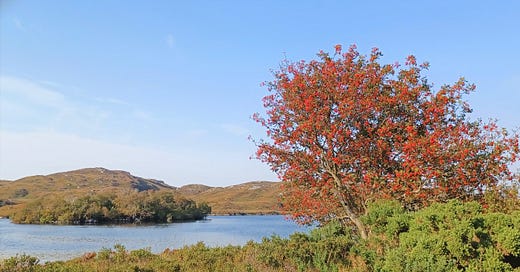


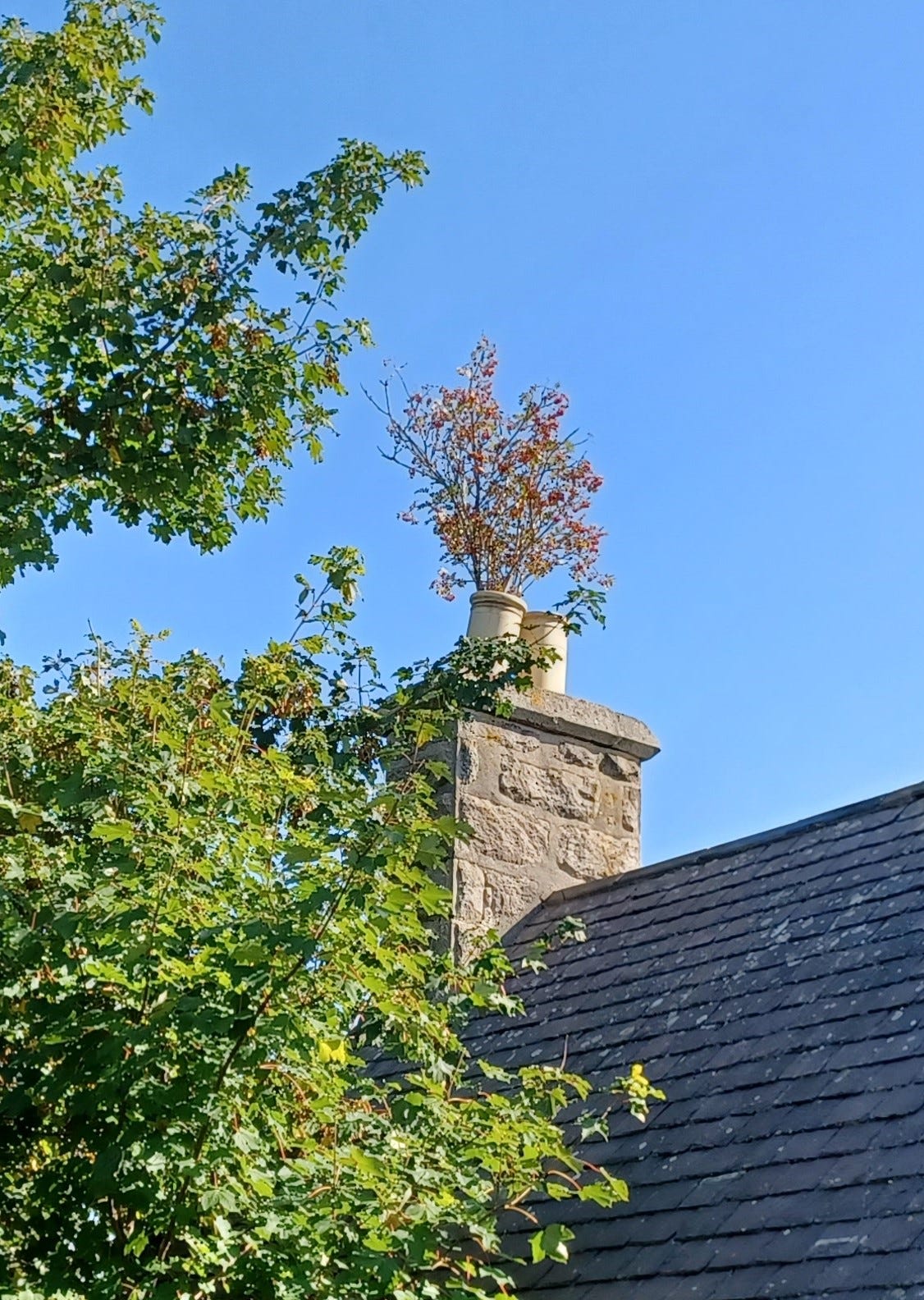

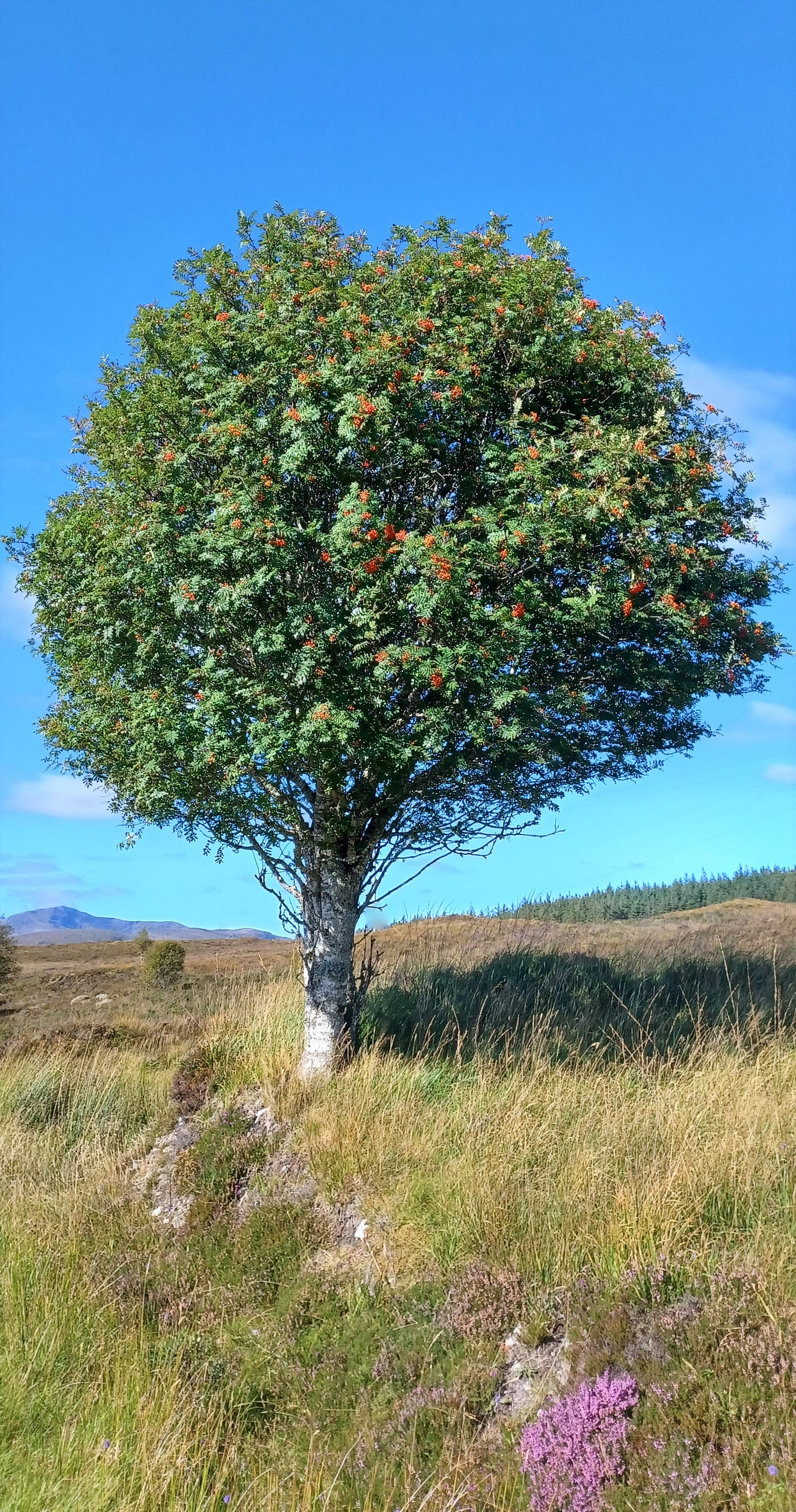
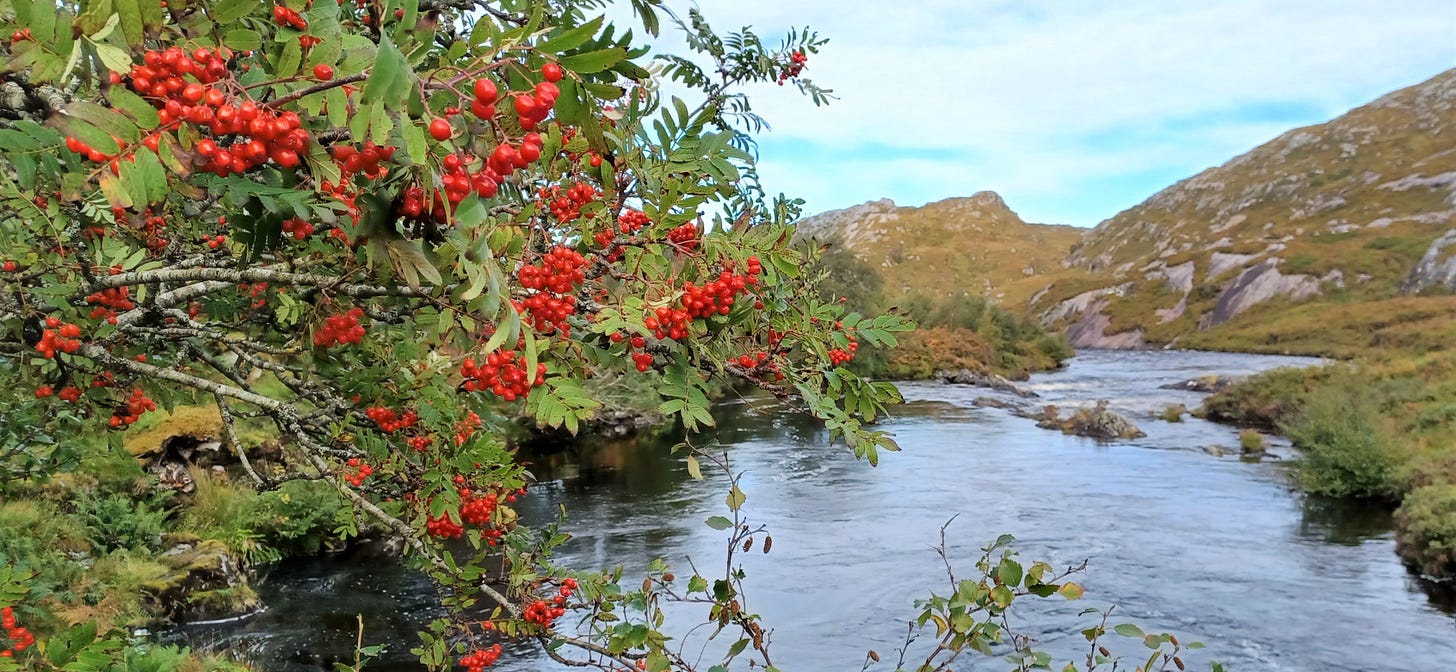
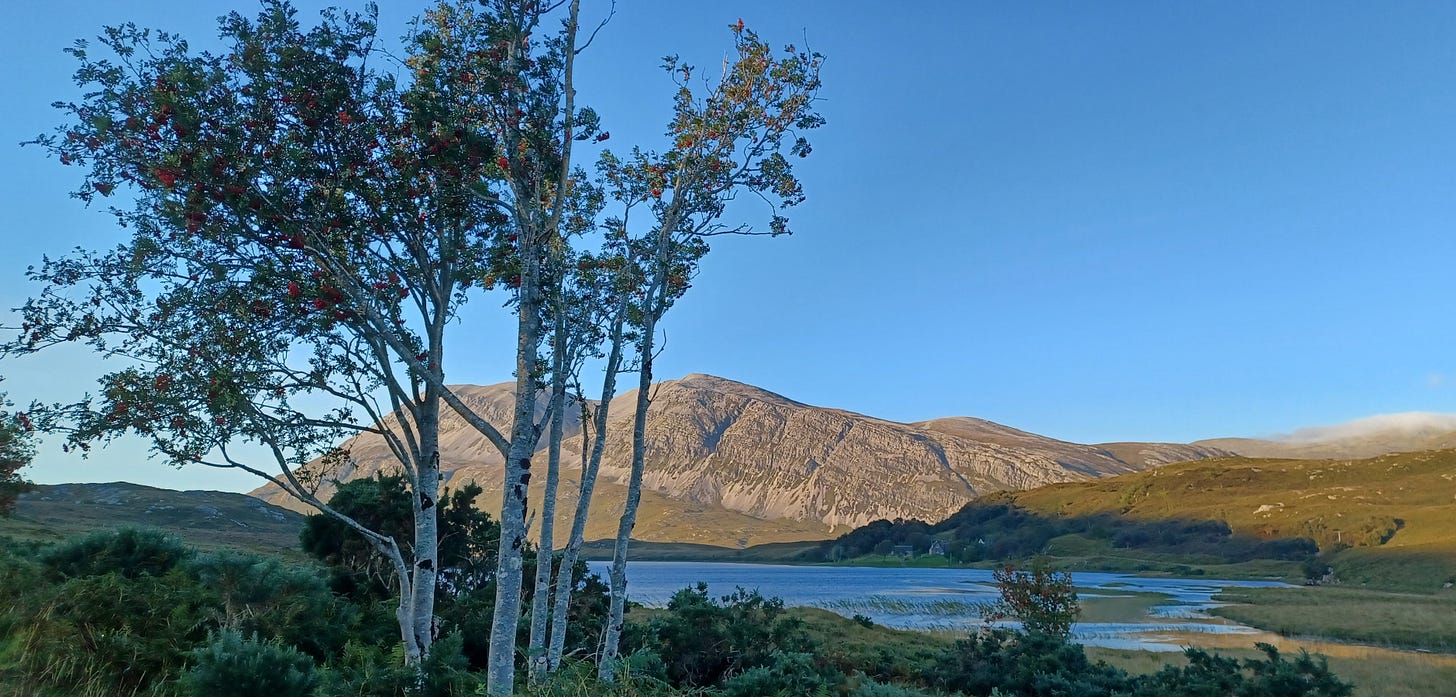


Thank you for this fascinating introduction (to me, as a mostly Floridian person) to the more of the Rowan tree.
What a wonderful article about our bonnie wee (but mighty) Rowan! Magic indeed 😊